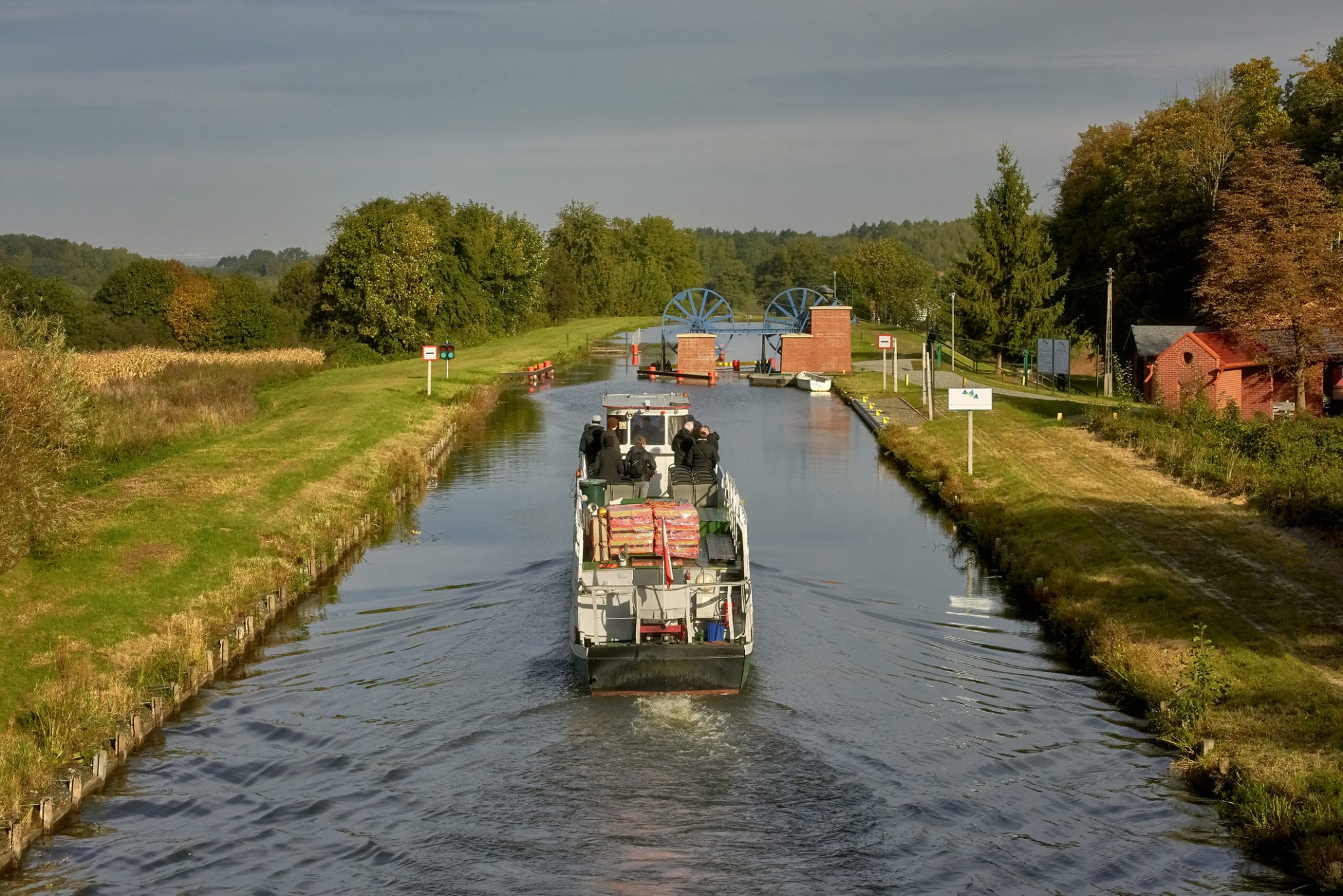
29 Oct Boats and Houseboats: Do You Need Inland Marine Insurance and Not Know It?
Inland Marine Insurance for Boats and Houseboats
Business insurance encompasses many types of insurance, including one known as Inland Marine coverage. Now, it may surprise you to learn that contractors, small business owners, and even performers buy policies to protect their assets. Read on to learn four things about inland marine insurance.
“Inland Marine” insurance provides coverage for assets that move.
It also covers assets that you own but delivers to another person for custody or repair (bailee). Most business owners have insurance to cover their business assets but those policies often do not provide coverage when you remove your assets from your business site to work on a job site. Inland Marine also generally provides broader coverage than what you would secure under a traditional business owners’ policy.
So, what kind of assets are we talking about?
Think of the mobile devices and tools of the trade regularly used off-site. Owners want them covered for theft and damages, so they don’t have to pay out-of-pocket to replace them. Here are a few examples:
- Contractor tools and equipment
- Tools and equipment for bricklayers, carpenters, electricians, etc.
- Fine art dealers and galleries for the fine art and the equipment and tools they use to move and display the art
- Photography equipment
- Transport insurance for goods shipped to or from your business by common carrier
- Professional trucker’s cargo insurance
- Animals (non-veterinary coverage)
- Veterinarians
- Vending machines (not the contents)
- Service equipment (service contractors/installers, such as flooring, electricians, appliance repair)
- Musical equipment and instruments
- Mobile medical diagnostic equipment
- Solar panels, wind turbines, radio towers
Why is it called Inland Marine coverage?
This coverage is an offshoot of traditional ocean marine insurance. This makes sense since for a good portion of history, the only way to ship items long distances was by sea on ships.
Ocean marine insurers (like Lloyd’s of London) insured ocean marine cargo at sea on an “all risk” basis. That means no matter what caused the physical loss or damage, the company would pay the owner for loss en route while on ships — unless the peril was specifically excluded from the policy.
Ocean Marine policies did not cover losses to the cargo over land. Cargo owners had to cover those losses out-of-pocket. As transporting goods moved over greater and greater distances, owners needed a new type of coverage for transportation over land: the Inland Marine policy.
When Inland Marine policies came into effect, they covered perils on a broader basis than most other types of policies which covered named perils. Originally, Inland Marine policies covered goods in transit over water; however, by the 20th century, cargo owners could obtain Inland Marine coverage from the time the owner delivered the cargo to the carrier for shipment until it reached its end destination. This is still true no matter what route it takes to get there and even if the cargo sits in a storage warehouse awaiting pick up. In fact, the assets no longer have to travel over water at all.
Is Inland Marine coverage today “all risk” coverage?
The owner can generally choose between “all risk” and “named perils” coverage which is not as broad and pays only for damages caused by perils named in the policy.
To learn more about this topic, read PropertyCasual360.com’s article entitled “Inland & Ocean Marine: Everything You Need to Know.”
Contact
To talk more about this insurance topic, or anything else, please contact us. We are your resource for all your insurance questions.
